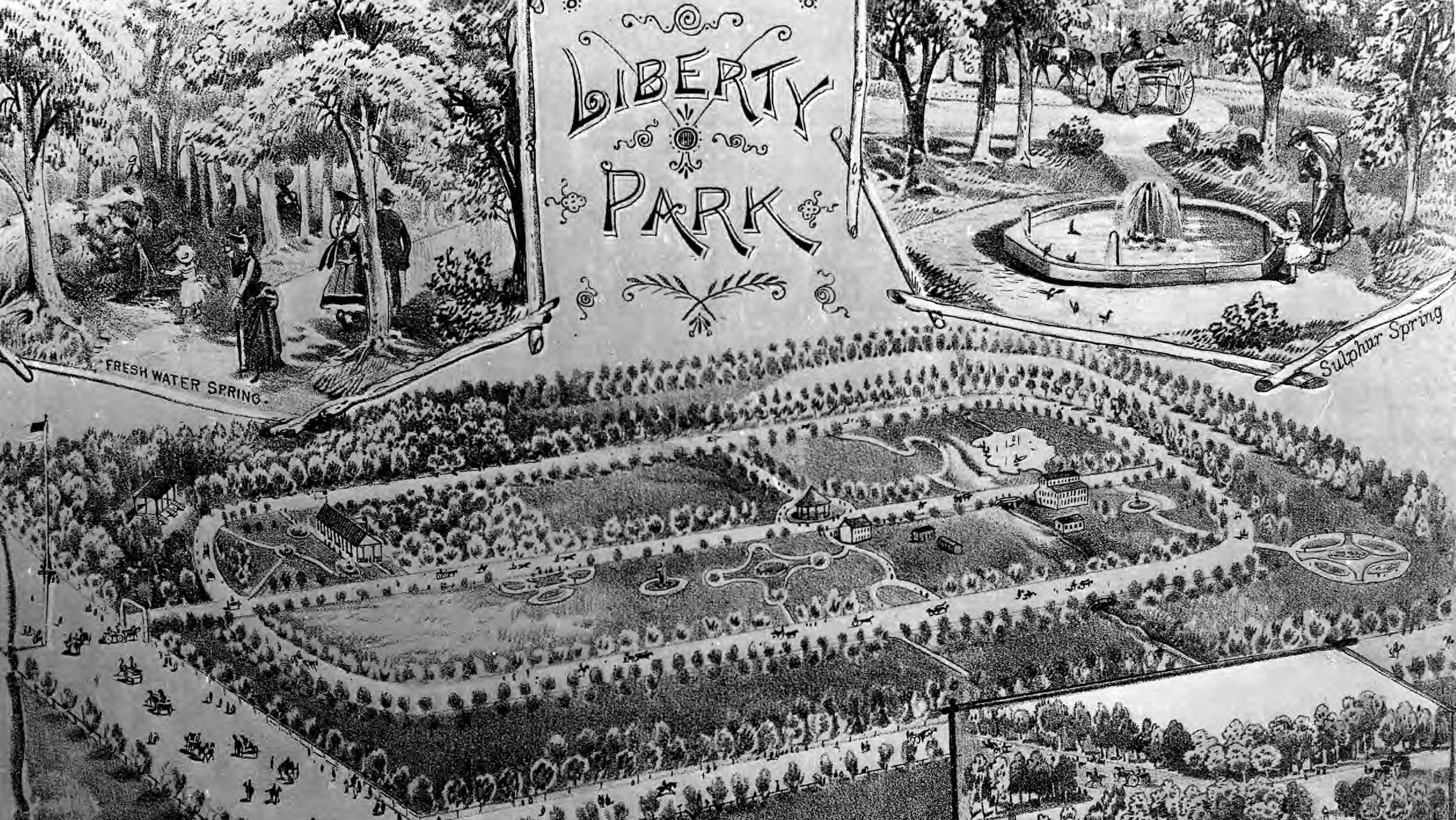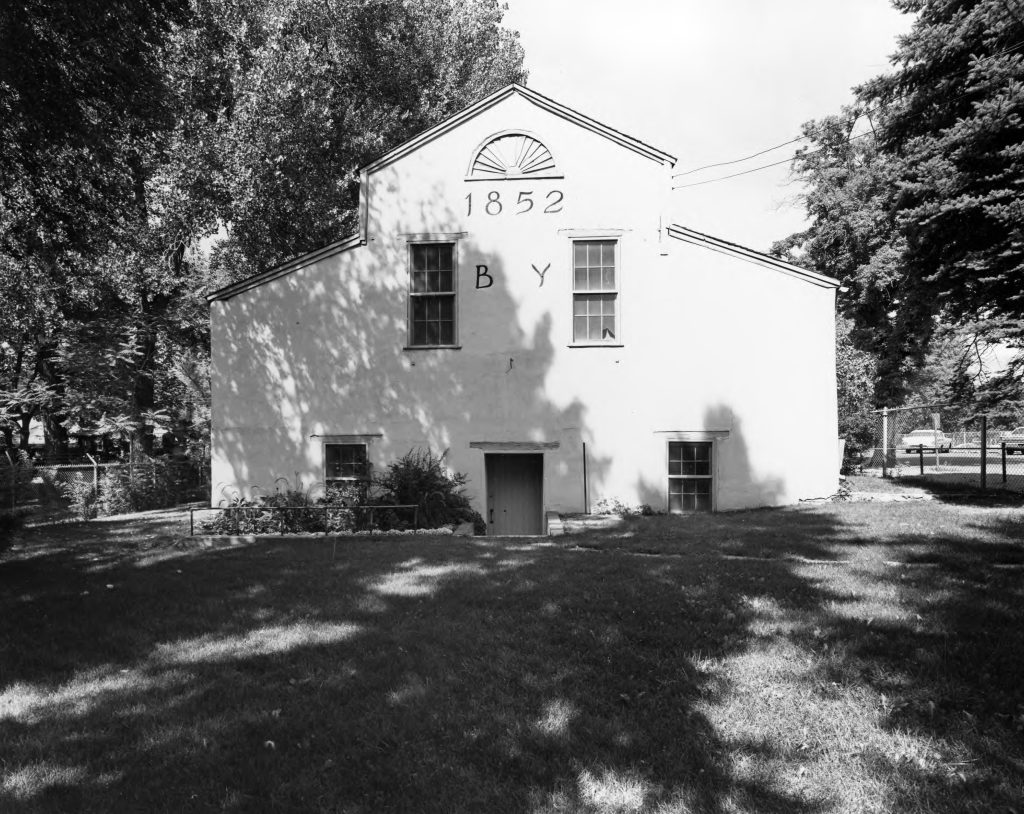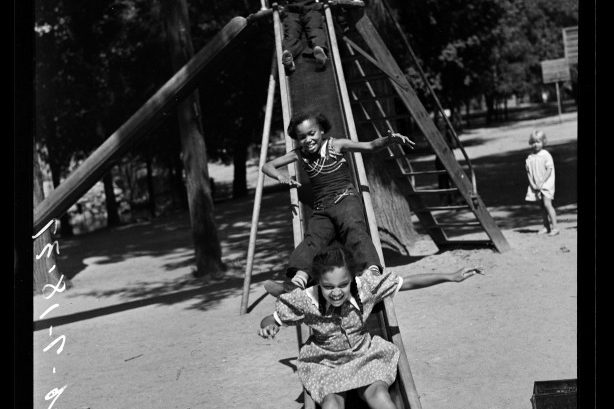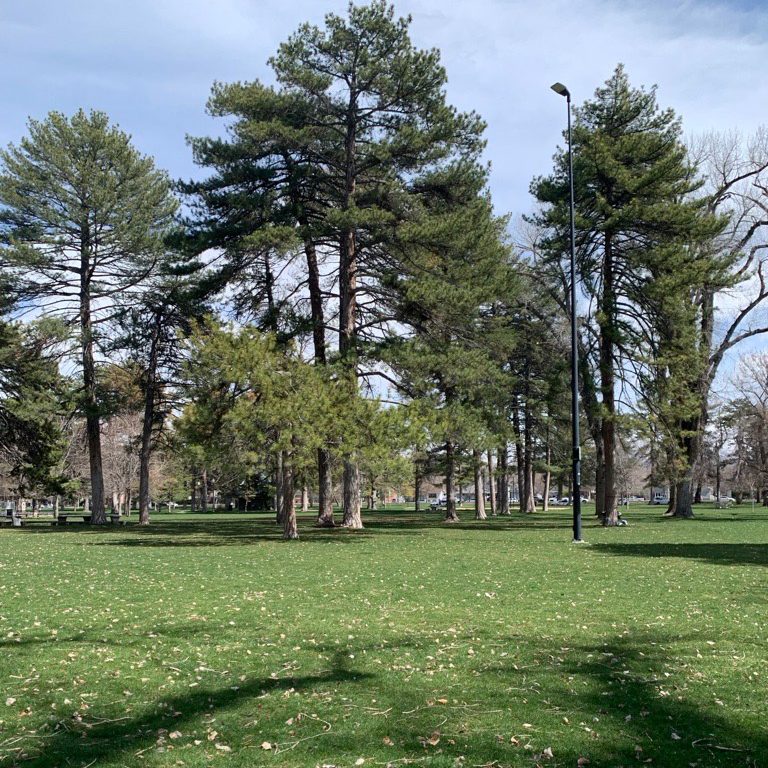
Liberty Park in the Past, and its Future
Since its designation as a park 142 years ago, Salt Lake City’s Liberty Park has always been one of Utah’s largest and most visited urban parks. While the Park has evolved gradually, its purpose and integrity have remained.
Liberty Park was established during the Victorian Era as one of Utah’s earliest city parks and was imagined as a reprieve from increasingly hectic urban life. City dwellers and travelers could experience a contrast to everyday life in the Park’s quiet and greenery.
Today, the Park remains a place where we can step out of our busy lives for relaxation, sport, community gatherings, and entertainment. Visitors can find a spot near the pond, spread a picnic blanket in the grove of evergreens, stroll through Tracy Aviary, or go for a run around and through the Park’s 100 acres. Liberty Park provides a place and opportunity to improve our physical and mental health on its sport courts and walk, jog, and bike paths. Pavilions and events allow us to interact with our community in ways we might not otherwise. Structures and even trees remain from the early days of the Park and act as a reminder of the generations it has served. In Liberty Park, history and modern-day amenities coexist.
As we celebrate all Liberty Park offers, we’ll pause to look back. How was Liberty Park established? What early amenities remain? How has the Park has evolved? And how do we expect to care for its history while planning for its future?
Let’s briefly examine Liberty Park’s history to better understand how it has changed over time.
HISTORY OF THE LAND THAT BECAME LIBERTY PARK
During the early settlement of Salt Lake City, the land now known as Liberty Park was originally farmland. In 1847, it was divided into lots, ranging from 5 to 80 acres, as part of the Big Field Survey. Isaac Chase was assigned a plot and, between 1848 and 1852, built a grist mill. By 1854, his home was also completed, now known as the Chase Home, Mill, and Well.
In 1860, Chase traded the land to Brigham Young, who planted Mulberry and Cottonwood trees, among others. The property remained privately owned until Salt Lake City purchased it from Young in 1881 for $27,500.


LIBERTY PARK DEDICATION
Liberty Park was officially dedicated on June 17, 1882. Its size allowed for a mix of rural, wild areas and developed spaces for recreation. Horse-drawn carriages and pedestrians circled the outer loop, while visitors relaxed on lawns, strolled through Victorian gardens, and enjoyed band performances. From the start, the park was designed as an inclusive space for all city residents.
“[The Park] gives to the poor a feeling of interest in his country, and to the rich a satisfaction which ever follows the act of giving to those who needs [sic]. And who will say that the man, woman or child does not need the opportunity of enjoying a pleasant walk – of beholding the beauties of art or nature – even as they need bread.” (Haglund 1979)
DEVELOPMENT OF THE PARK OVER TIME
In the early 1900s, the City Beautiful movement emerged and emphasized the careful planning of urban parks. The belief was that “well-planned urban spaces could improve the civic and moral character of their residents.” This idea began the development of Liberty Park:
- 1903 Greenhouses
- 1911 Grandstand
- 1912 Improved playground
- 1914 Zoo
- 1915 Tennis courts
- c. 1915 Picnic shelter
- 1917 Many new trees planted on 500 East
- 1934 Chase Mill given to Daughters of Utah Pioneers as a Relic Hall
- 1938 Tracy Aviary established
- 1949 Swimming pool and bathhouse open
- 1955 Four additional tennis courts and a clubhouse were constructed
- 1960s Merry-go-round built
- 1980s 600 East closed to vehicular traffic
- 1983 Interior of Chase Home remodeled
- 1994 Original swimming pool replaced
- 1999-2001 Extensive restoration of the Chase Home












Liberty Park Historical Structures
Liberty Park’s structures tell the stories of our city’s past. City planners and historians are working to determine the age of many of these structures, assess their health, and make plans to repair them for this and future generations.

CHASE HOME, MILL & WELL
Much work has been done on these structures in the past.
The Chase Home currently functions as a museum. The Chase Home Museum of Utah Folk Arts is open to the public with ongoing exhibits and events.
The Chase Mill is a beautiful venue, actively used for events at Tracy Aviary. The structure and its amphitheater are reservable through the aviary.
The Chase Well which served the Chase family has been structurally maintained but is currently in need of repair before it will serve again as an artesian fountain.

STONE FIREPLACES
Early in the Park’s history, stone fireplaces in the northeastern corner were used for cooking and warmth. Time and neglect meant these structures were in need of repair. Masonry work has been done to maintain their integrity, and while they are no longer operational, they will endure for the foreseeable future.

LIBERTY PARK GREENHOUSE
Initially constructed in 1903, the Liberty Park Greenhouse has seen generations of use. The SLC Public Lands Native Plant Program even began in this greenhouse and has been a space for propagating native plants, benefiting our natural lands for several years.
This beautiful historic structure requires health and safety updates. As an important part of the Park’s history, recently allocated funding will allow city planners to explore how we can bring new life to a historic structure.

EARLY ERA TREES
Some of Liberty Park’s trees remain from the early 1900s. These trees tell us stories of how land was used in the past and how trees may fare in our parks in the future. Our teams have begun determining the ages, species, and health of the Park’s older trees. This process will indicate tree species success as our climate changes and might inform how we plant new trees in the future.
Though some original features have faded, the spirit of recreation and leisure continues through Liberty Park’s modern amenities. We maintain historical elements while adding new structures to enhance recreation. Let’s explore recent and ongoing projects that bridge the past and future.
Modern-Era Amenities and Improvements
As ideas about passive and active recreation evolve, so do our park amenities. As improvements are needed, we assess the park in its current state, create reports, planning and processes to do so effectively, and engage the community to identify valuable updates and assess how best to apply funding.
Currently underway is the Cultural Landscape Report (CLR) for Liberty Park. The CLR will assess the historic nature and condition of the landscape and structures of the park, and will offer treatment recommendations.
Once the CLR is complete, the Liberty Park Vision Plan will follow. The Vision Plan will incorporate the guidance of the CLR and become the guiding planning and design vision for the next ten years.
As we develop the CLR and the Vision Plan, some additional projects are either in progress or in early planning stages.
- Basketball Courts: Complete with new concrete court surface and mural, fencing, hoops, and bleacher seating, the updated courts are newly revived for park visitors. This project was completed in 2024.
- Tennis Courts: In progress. The tennis courts project at Liberty Hills Tennis Center (on the west side of the park) will continue in 2025. There have been recent lighting updates for evening play. In 2025, all courts will be resurfaced and new lines will be painted, allowing some of the courts to function for junior players, as well.
- Rotary Play Park & Splash Pad: In final design phases. Construction is set to begin in 2025. Within the same footprint, a more inclusive play park will feature modern and more accessible and inclusive equipment, new play areas, preservation of the mature trees around and within the play park, and improvements to the splash pad feature. The design of these improvements has been coordinated with the families, children, and persons with disabilities that use or may use the park.
- Seven Canyons Fountain: Upcoming. The fountain is in need of reimagining and repair. It is currently in the process of being reimagined as a dry, interactive, and education art feature.
- Koi & Turtle Pond: In progress. This pond dates to the early 1900s and was in need of updates. The wells were recently re-drilled to repair a century of use. In 2025, our teams will cap the old wells and officially complete the project. Visit the pond to enjoy both Koi and turtles.
As we enjoy Salt Lake City’s Liberty Park, we can be assured that how we experience it will change. However, the Park’s purpose as a place of rest, relaxation, community, and recreation will remain. We invite you to get involved! Join us in caring for Liberty Park’s grounds through ongoing stewardship activities or contribute to its future planning by attending an engagement event.